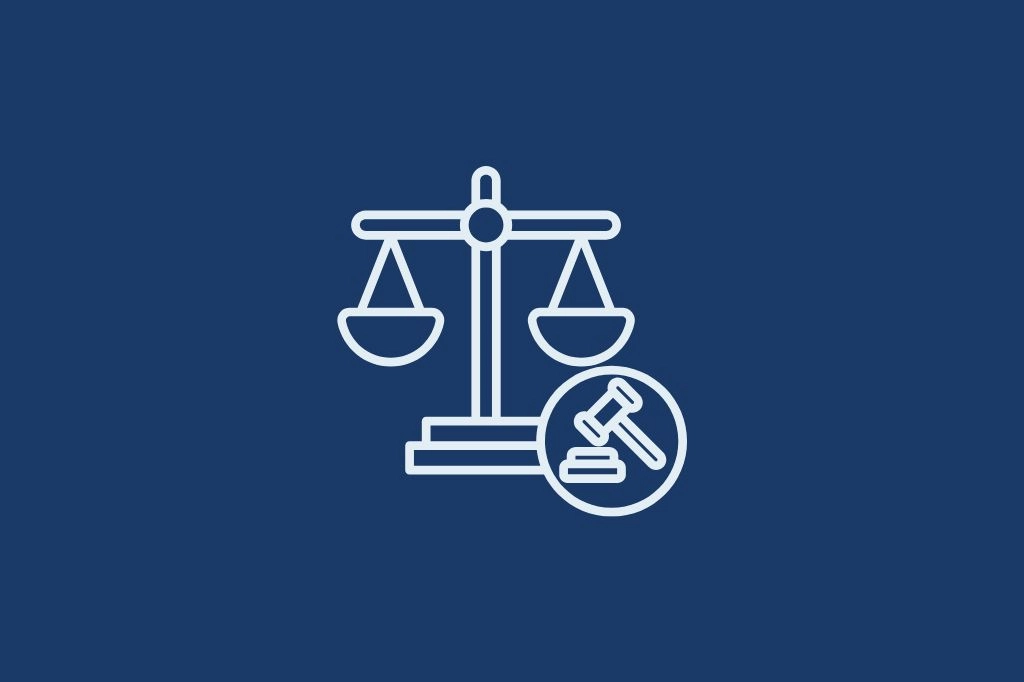January 23, 2024 | personal injury Claims
Injured as a Worker in Ontario? A WSIB Claim Isn’t Necessarily Your Best— Or Only— Option
Table of Contents
In Ontario, the compensation of workers who sustain injuries or illnesses in the course of their employment is governed by the Workplace Safety and Insurance Act, 1997 (the “Act”), with claims under the Act administered by the Workplace Safety and Insurance Board.
The Act is premised on a trade-off: injured workers gain access to benefits under the Act on a no-fault basis in exchange for restrictions on their right to bring tort claims against their employers and certain others.
However, the restrictions against tort claims under the Act are not absolute. The Act contains an election mechanism as set out at section 30, allowing workers in some circumstances to opt for a tort claim instead of a claim under the Act. In the language of the Act, workers in such circumstances are said to have “concurrent entitlements.”
While the better choice for an injured worker will depend on the facts of each case, the exercise of an election to pursue a tort claim when available can potentially lead to greater compensation.
The above does not apply to independent contractors, executive officers, sole proprietors, or partners in a partnership who, by default, are not considered to be “workers” under the Act and do not have coverage. For those in such roles, the Act imposes no restrictions as to who can be sued in relation to work-related injuries.
When Is An Election Available?
The boundaries of available and restricted rights of action of injured workers are established by section 28 of the Act. The simplest rules under this section relate to lawsuits against a worker’s own employer and to lawsuits against third parties who commit injurious acts unrelated to work. The former are never allowed under the Act, whereas the latter are always allowed.
There is more nuance under the Act when it comes to injury claims against third-party employers and their directors, officers, or workers who commit work-related injurious acts. Whether an injured worker has such a right of action against such third parties depends on the classification of her own industry under the Act as either a Schedule 1 or Schedule 2 industry and the classification of the industry to which a third party belongs.
In general, Schedule 1 under the Act covers industries with an elevated risk of injury, including but not limited to construction, mining, forestry, manufacturing, and transportation. A variety of service industries are also covered under Schedule 1.
Schedule 2 covers governmental entities and industries subject to direct government regulation, including but not limited to provincial governments, certain municipal governments, railways, and telephone companies licensed by the federal government.
Employers in some industries who are not covered by default can apply to the WSIB for coverage under Schedule 2. Such “by application” industries include but are not limited to financial institutions, health care practices, trade unions, and day care providers.
Tort claims restricted under section 28 of the Act (in addition to claims against a worker’s own employer) are as follows:
- claims by Schedule 1 workers against any Schedule 1 entity, its directors, executive officers, or workers; and,
- claims by Schedule 2 workers against their own Schedule 2 employer and its directors, executive officers, and workers.
Permitted elections to claim in tort or “concurrent entitlements” under section 28 of the Act are as follows:
- claims by Schedule 1 workers against any Schedule 2 entity and its directors, executive officers, or workers;
- claims by Schedule 2 workers against any Schedule 1 or Schedule 2 entity and its directors, executive officers, or workers (except for a worker’s own Schedule 2 employer); and,
- claims by Schedule 1 or Schedule 2 workers against anyone acting outside of the course of employment.
In practical terms, concurrent entitlements often arise when workers are injured while travelling on their employer’s business. For example, a truck driver in the course of his duties for a transportation business (covered under Schedule 1) would be entitled to elect out of a claim under the Act and sue in tort if injured in an auto accident where the at-fault driver is either a Schedule 2 worker (such as a municipal worker) or anyone on the road on a personal excursion.
As a further example, a Schedule 2 worker injured in a slip and fall accident while leaving a building or plaza where his employer leases space may be allowed to elect out of the Act and sue in tort against the property owner and the provider of maintenance services at the property (covered under Schedule 1).
Why Elect A Tort Claim Instead Of A WSIB Claim?
Where concurrent entitlements are available, the advantages of electing to pursue a tort claim include the following:
- Awards for pain and suffering in tort claims are potentially far greater than awards geared to the same purpose under the Act known as non-economic loss benefits. As of December 1, 2023, the upper limit for pain and suffering damages in tort stands at about $450,997.00, based on court precedent and adjustment for inflation. Non-economic loss benefits under the Act are essentially calculated by applying a percentage based on the severity of an injury to a base amount, which is currently just over $72,000, then adjusting the product for the age of the worker.
- With the exception of motor vehicle accident claims, pain and suffering awards in tort claims are available where injuries have gone on to heal. Under the Act, non-economic loss benefits are only available where a worker has sustained a permanent impairment.
- Higher income earners can be undercompensated in claims under the Act. In tort claims, there is no cap on damages for future economic losses resulting from injury, whereas the annual cap on loss of earnings benefits under the Act currently stands at $112,500.
Preszler Injury Lawyers Can Help
Injured workers should carefully consider their best course of action, whether in tort or under the Act, based on their specific circumstances. Preszler Injury Lawyers are always pleased to offer guidance in this regard in an initial consultation at no cost to you.
Blog Categories
More personal injury Topics
Here’s more information on personal injury related topics that we think you might find helpful.

accident benefits
|
December 24, 2025
Ontario Tort Claims Explained: What They Are and How They Work
Tort claims are one of the most common ways injured people in Ontario seek compensation after an accident. While negligence claims make up the majority…

personal injury
|
November 13, 2025
Pain and Suffering Damages Calculator for Ontario (2025): Thresholds and Deductible Explained
In Ontario, pain and suffering damages (also known as non-pecuniary or general damages) compensate for human losses that don’t appear on a tangible bill. For…

personal injury
|
December 7, 2023
Does a Child Have the Right to Sue for Personal Injury?
As much as parents and guardians do everything they can to keep children safe and protected from dangerous situations, there are occasions when a child…
Speak With Our
Legal Team for FREE
Find Out if You Have a Case in Under 5 Minutes
Speak to a Lawyer Now!
We’re here to help.

